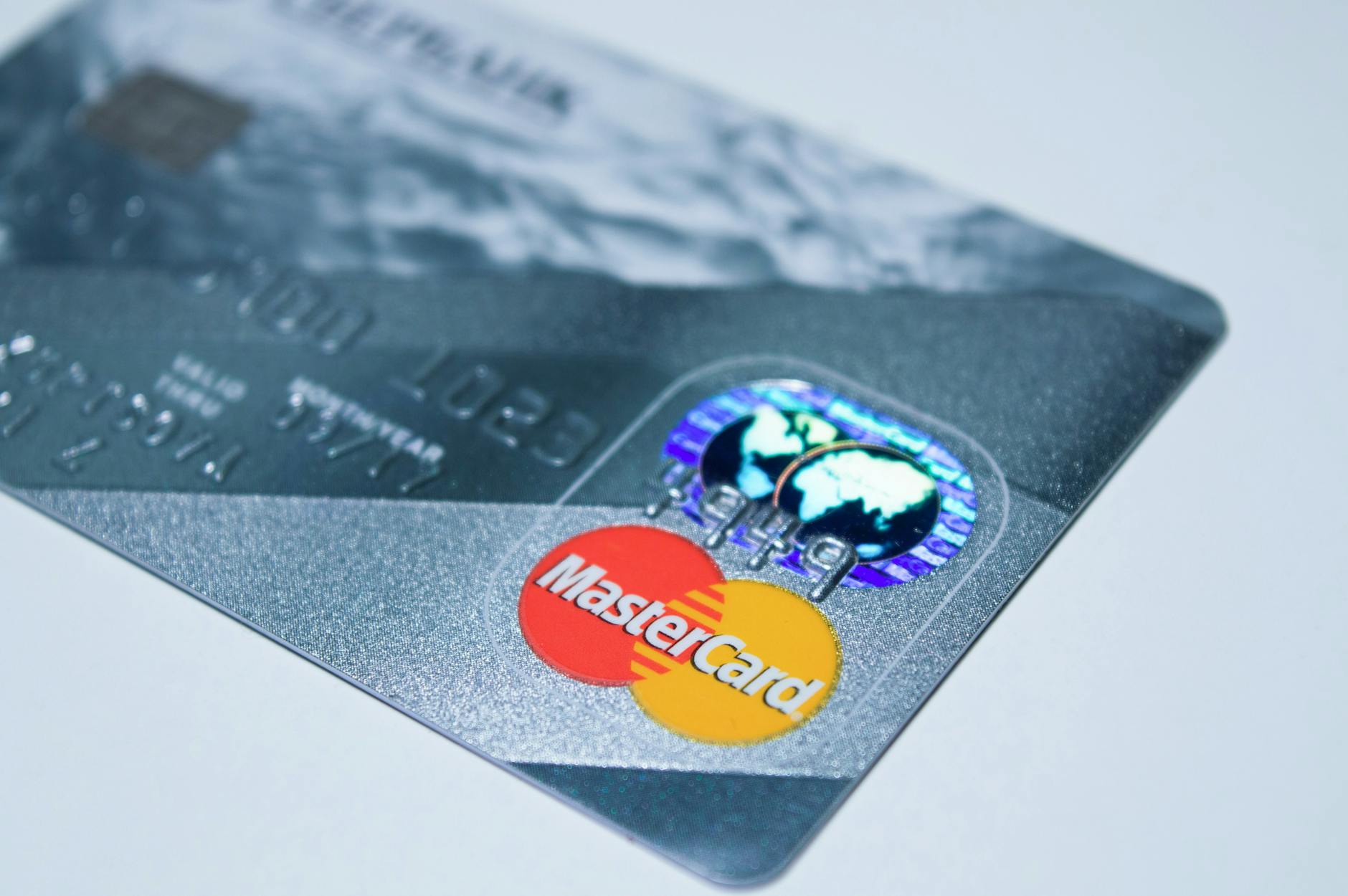Credit card debt is a significant financial burden for many, with interest charges often leading to escalating balances over time. But have you ever wondered who benefits from these interest payments? Let’s break down the mechanics of credit card interest and uncover who profits from it.
How Credit Card Interest Works
Credit card interest applies when you carry a balance from one month to the next. If you don't pay your bill in full by the due date, the unpaid amount begins to accrue interest. This interest is tied to your card’s annual percentage rate (APR). Most credit cards use variable APRs, which fluctuate based on a benchmark like the prime rate.
The sneaky part? Interest compounds daily. Instead of calculating interest on the original amount, issuers calculate it on the balance plus previously accrued interest. This daily compounding can make debt grow like a snowball rolling downhill.
Who Pays Credit Card Interest?
Credit card users generally fall into two groups:
- Transactors: People who pay their balance in full every month, avoiding interest charges. These users essentially "borrow for free."
- Revolvers: People who carry a balance and pay interest. These individuals are the backbone of credit card profitability, as they generate the bulk of interest income for issuers.

Photo by Pixabay
Who Benefits From Credit Card Interest?
1. Credit Card Issuers
The primary beneficiary of your interest payments is the card issuer. These are often major banks like Chase, Bank of America, or Citibank. In fact, interest charges represent a substantial portion—up to 80%—of their credit card revenue. According to data from 2020, credit card issuers earned $76 billion in interest payments alone.
Issuers prioritize interest profits because they provide a steady revenue stream. For every unpaid balance, the issuer earns more money as the interest compounds over time, making revolvers their most profitable customers.
2. Banks and Financial Institutions
If your credit card isn’t tied directly to a bank, it’s still likely supported by one. Large financial networks, like Visa or Mastercard, work with banks to issue branded credit cards. While Visa and Mastercard make their money from transaction fees, banks overseeing the accounts ultimately earn the interest.
3. Investors in Credit Card Companies
Publicly traded card issuers like American Express and Discover reward their shareholders with dividends and rising stock prices, fueled by interest income. Investors in financial institutions profit indirectly from your debt, as the interest payments contribute to company growth and profitability.
4. Debt Collection Agencies
When debt spirals out of control, unpaid balances might land in the hands of debt collection firms. These agencies purchase bad debts from banks for pennies on the dollar and then attempt to collect the full amount from borrowers. While not as direct as earning interest, collections are a secondary way the industry profits from unpaid credit card debt.
Why Is Credit Card Interest So High?
Have you noticed how interest rates on credit cards are significantly higher than those on mortgages or car loans? Here’s why:
- Unsecured Debt: A credit card isn’t backed by collateral like a house or car. To compensate for the risk, issuers charge higher interest rates.
- Profit Model: Credit card companies design their products to encourage borrowing, but that comes at a cost—interest. Features like low introductory APRs can lure consumers into carrying balances, eventually leading to high-interest rates once the promotional period ends.
The result? Persistent debt that fuels issuer profits.
What About Merchant Fees?
Interestingly, interest charges aren’t the only way credit card companies make money. Every time you swipe or tap your card, merchants pay a fee known as the “interchange fee.” Although this fee typically ranges from 1% to 3% of the transaction amount, it’s another revenue stream that supports issuers’ bottom lines. However, interchange income pales in comparison to the profits generated by interest.
Does Anyone Lose From Credit Card Interest?
Yes, the people paying those hefty interest charges—the revolvers—are the ones losing out. They often face mounting debt as balances grow due to compounding.
The larger financial system also suffers in the long term. When credit card debt becomes unmanageable, consumers might default, triggering losses for banks and impacting investors.
How to Minimize Your Role in Their Profits
If you'd prefer to keep your hard-earned money out of the hands of credit card companies, here are some tips:
- Pay in Full Every Month: Avoid interest altogether by settling your balance on time.
- Keep Your Spending in Check: Only charge what you can comfortably pay off.
- Look for Low-Interest Options: If you must carry a balance, search for cards with lower APRs.
- Use Balance Transfers Wisely: Some cards offer promotional periods with 0% APR. These can be helpful for paying down debt.
Conclusion
Credit card interest is big business, primarily benefiting major banks, investors, and even debt collectors. For you, avoiding interest charges comes down to financial discipline: paying balances in full, minimizing unnecessary debt, and staying mindful of how credit card companies profit from revolving balances. By understanding the mechanics, you can keep more money in your pocket—and less in theirs.
